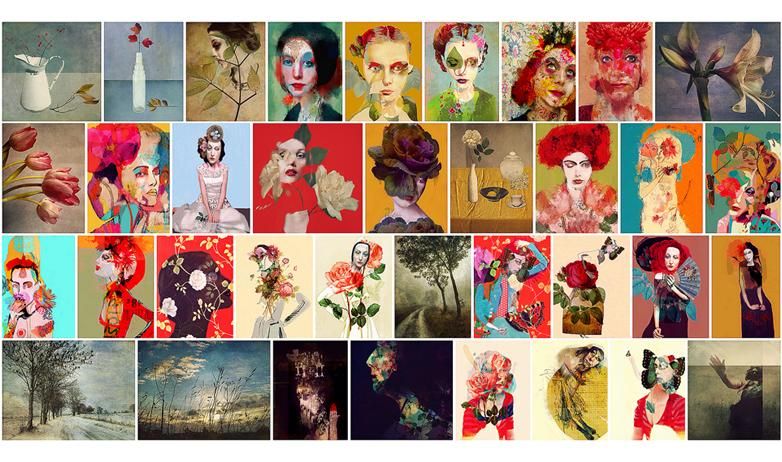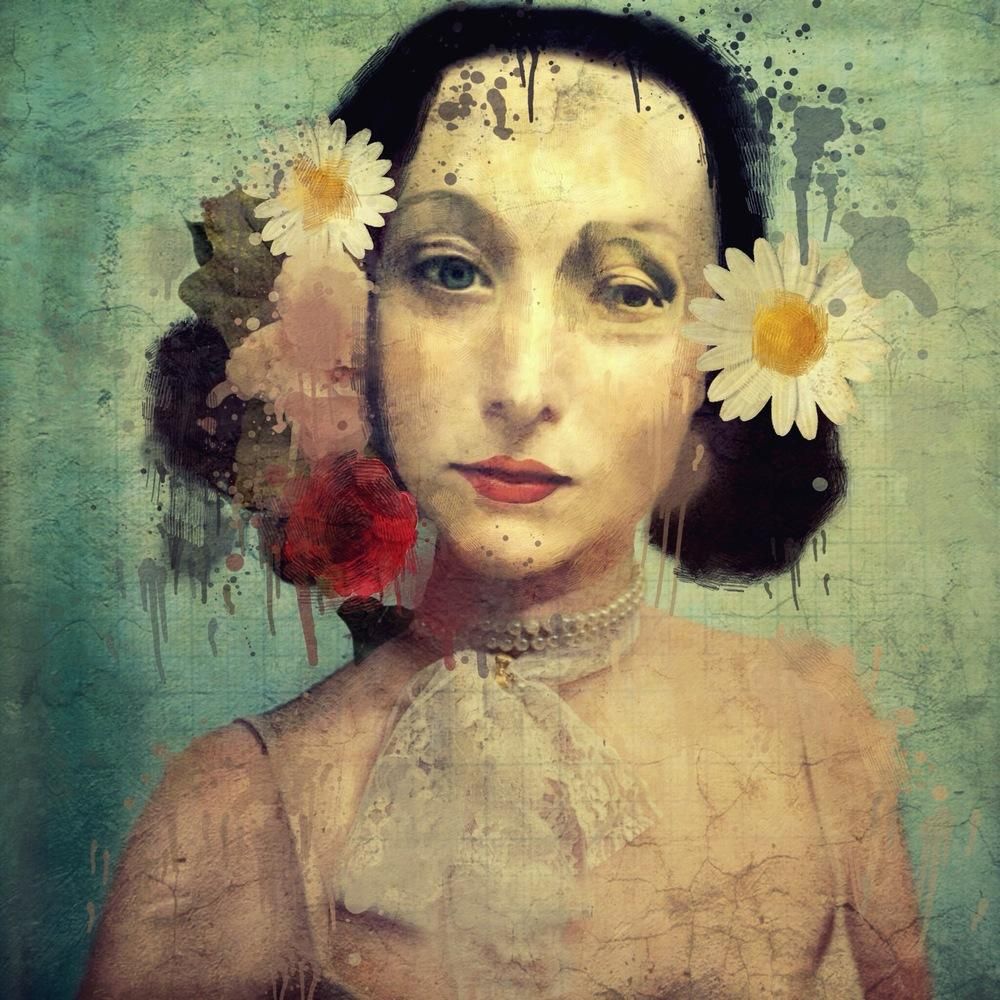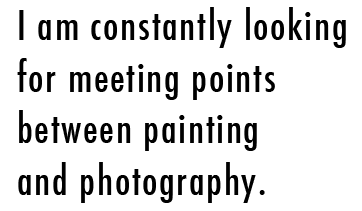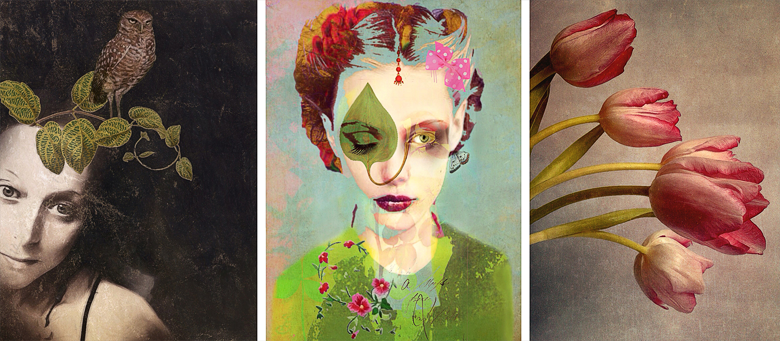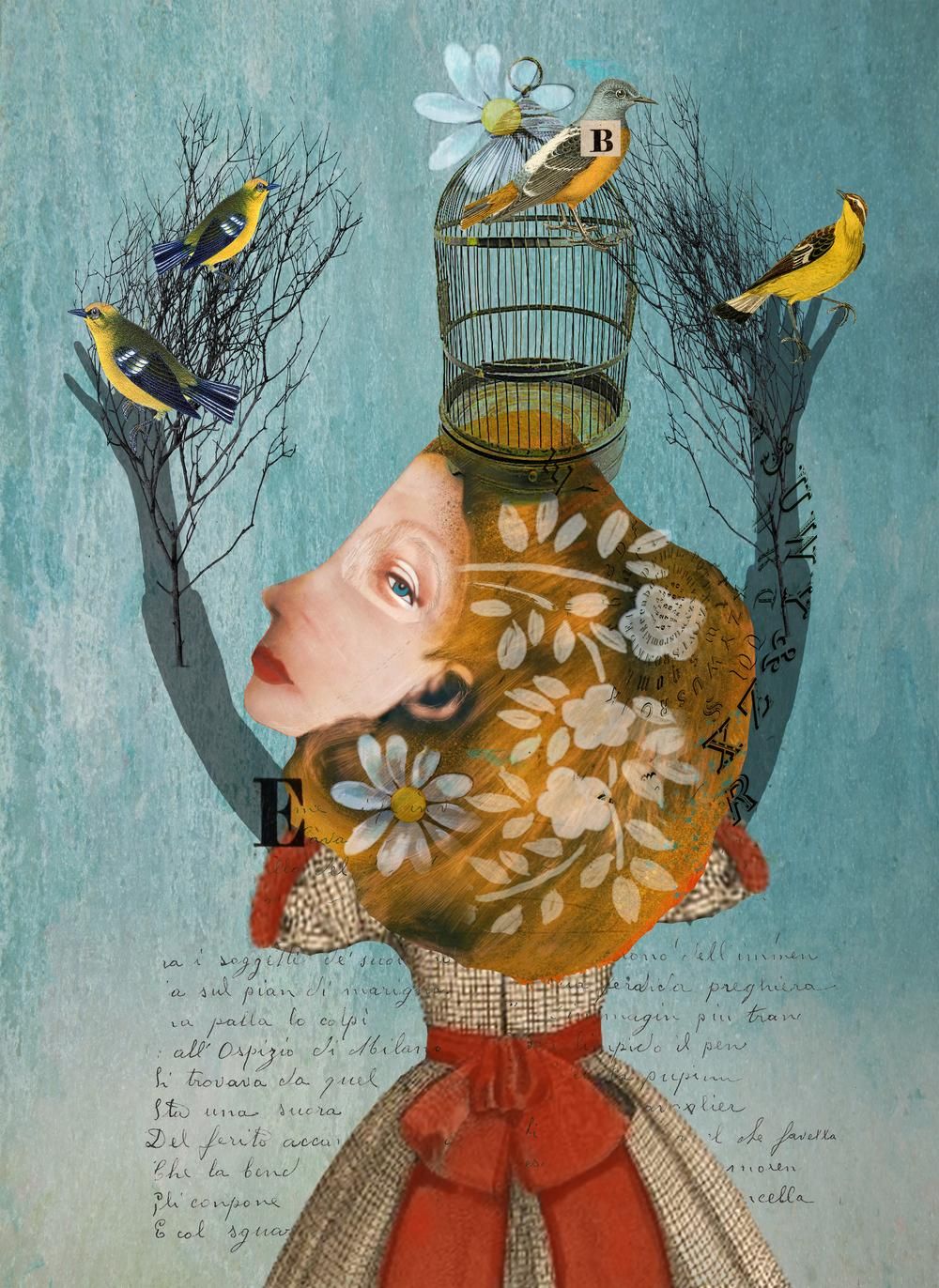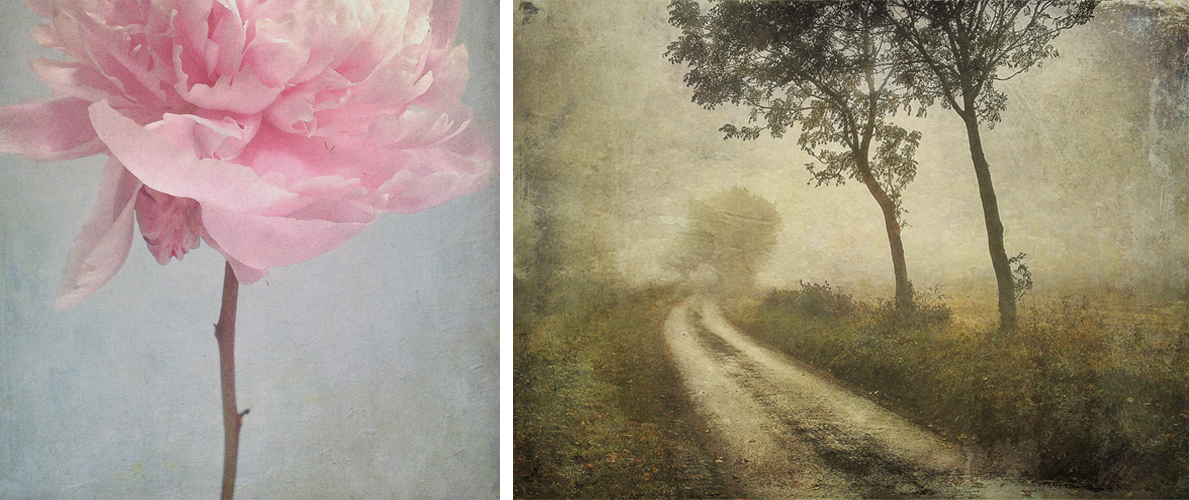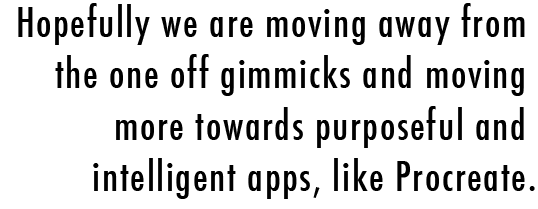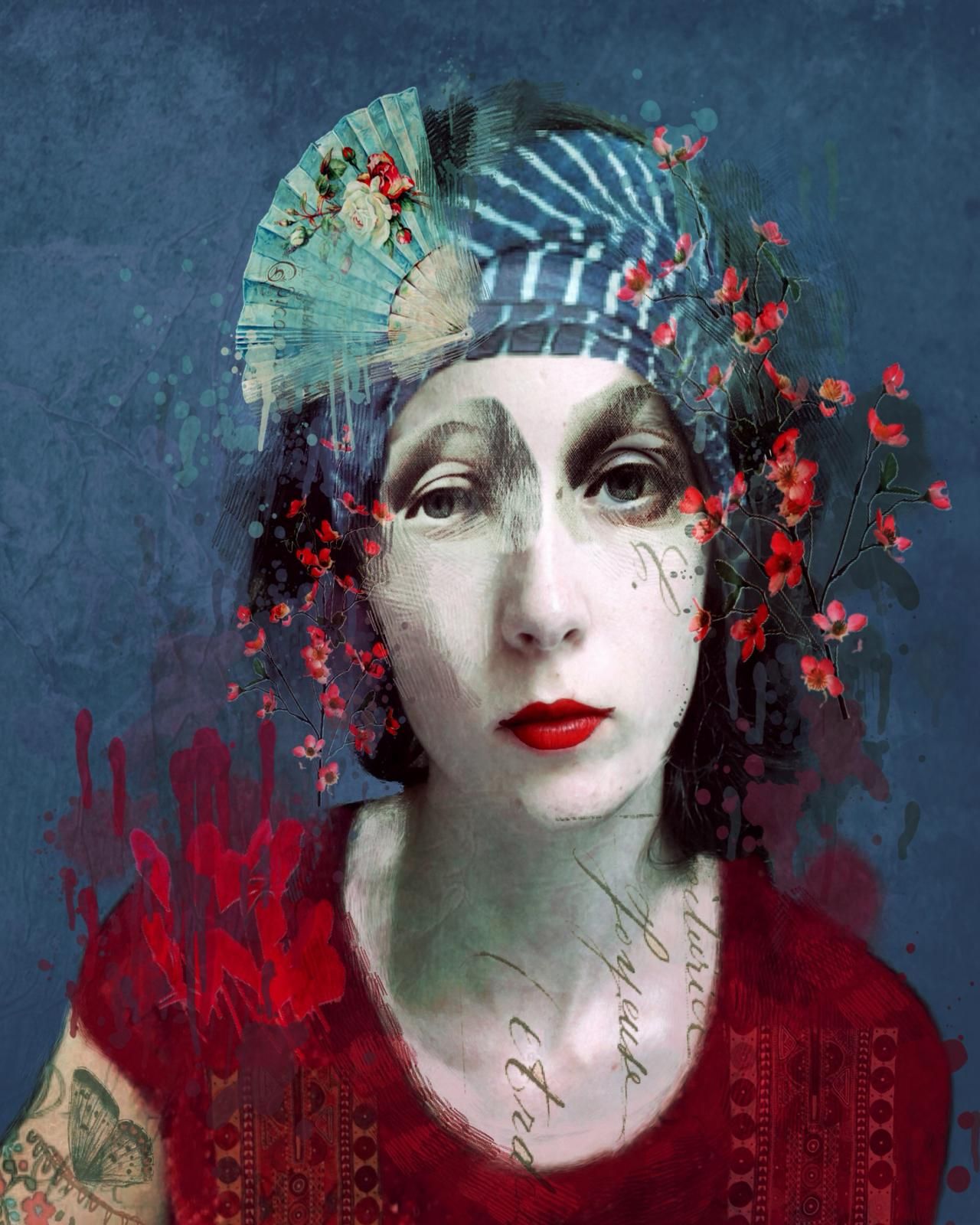All images copyright Sarah Jarrett
Looking through Sarah Jarrett’s gallery, it’s hard to believe these images were made using only an iPhone and an iPad. From painterly landscapes and still lifes to surreal portraiture, Sarah’s work is expressive and unique. While many still associate the term “mobile photography” with the occasional selfie or family photo, Sarah is a pioneer in a growing movement of people who create serious fine art on their mobile devices. We talked to Sarah about mobile photography, her images and the artistic process behind them.
•
Pocketnow: Tell us a bit about yourself.
Sarah Jarrett: I live and work in the Norfolk countryside, in the east of England. I’m a successful artist working with photographic media and have been freelancing for the last fifteen years, mainly licensing my pictures through the two agencies who represent me. Before the digital age began, I studied in London for an Honors Degree in photography, film and video. In 2012/13 I won Artist/Photographer of the Year at the Mobile Photography Awards. I run a thriving art initiative delivering inspiring art sessions to children in rural primary schools, and I’m a proud mum to two amazing children who shine a very bright light into my life.
P: How did your artistic journey begin?
SJ: My journey with art did not really begin until I went to art college and then it became unstoppable. Very early on I was extremely drawn to the idea of making my photographic pictures look painterly and liked to explore different ways to achieve this. It is still the main preoccupation in my work today. I am constantly looking for meeting points between painting and photography. As a consequence, I think my work is quite difficult to define. I’d say I am an artist working with photography.
P: And at what point did you become interested in mobile photography and digital art?
SJ: It was long-distance running that first got me interested in mobile photography. I started to shoot landscapes on my phone instead of lugging around a bulky SLR. The move towards digital technology, mainly through shooting on my phone, brought about the very influential discovery of apps. In their early days they were quite primitive in comparison to what can be achieved today. I remember squinting over a tiny screen to edit being very testing, but what I did recognize was the incredible potential they had for an experimenter and they have revolutionized the way I made my pictures. From slow beginnings I have watched the technology pick up pace and become a really exciting genre in its own right – iPhoneography. For a long time I have made all my pictures using an iPhone, an iPad and apps. Never static though, I’m starting to explore other ways of making pictures again.
P: How did the transition from working with more traditional mediums to creating art on the iPhone happen?
SJ: Completely accidentally! Apps like ArtRage and Procreate enabled the possibility of painting digitally in all sorts of experimental ways onto my photographs and they just kept evolving as artworks. Originally, I was physically painting with oils and sometimes sewing onto the surface of large color prints, then combining that with elements of collage. With apps I could still do all of those things but virtually, on a screen. I think as an image maker you’re always interested in diverse ways of making pictures.
P: Please describe your style. How would you say it has progressed over the years?
SJ: My style is painterly, quirky, illustrative and sometimes strange and surreal with elements of storytelling. Color is really integral to the composition of my portraits. The main focus in my images today is still in making photographic images look like paintings and in capturing dreamlike, ethereal beauty. To have a unique voice in my work is still very important to me. I try to portray a unique kind of beauty that easily makes you curious and crave for more. My style has definitely evolved over time but I’m always looking for new ways to develop and progress. I’m not a static person.
P: Where do you find the inspiration to fuel your creativity?
SJ: I’m definitely a visual magpie and I spend a lot of time looking for and seeking inspiration. However, most of my ideas come from stories and reading. I love fiction and read all the time. I also pay close attention to song lyrics and find inspiration in music. Sometimes a sentence in a random conversation is the start of a picture idea. I have collected art and photography books and magazines for years and they are always at hand in my studio. I follow a lot of artists online and love sites like Flickr and Pinterest for image gazing.
P: Would you say there’s a relationship between the artwork and the medium? If so, how much has your style been shaped by your work with the iPhone/iPad?
SJ: Of course. My digital painting is very different to my painting with real oils and acrylics. Digital painting has a very definite ‘look’. I think working on an iPad has given my images a very flattened and graphic feel, like ‘cut outs’ or screen prints. The colors I use are quite strong and vibrant as well.
P: Your pieces are surreal, enigmatic and painterly; most people probably don’t even realize they were created entirely on a mobile device. Could you walk us through your creative process?
SJ: My process is always evolving. I really cringe at pictures I made a few months ago, but that’s also healthy because I know I have improved and progressed. In most pictures I am basically using Superimpose to collage together lots of elements from my photographs and construct a new picture. At this point it looks very messy and jumbled. I then digitally paint and draw on top of the raw collage with Procreate. I might then move it back to Superimpose and add more elements; I jump between the two. It has become very intuitive. I might then use apps like iColorama, Repix, MiraCam and Laminar to alter textures and colors. I never ever plan a picture, I have ideas but it’s that first collage that sets the course of the image. Lots don’t work and that’s frustrating, but I accept it as part of the process. My aim is always to make the next work better than the last.
P: Do you ever encounter any challenges in your work with the iPhone/iPad?
SJ: Yes and it’s often those challenges that suggest a change in direction or another path forward. The biggest problem with mobile photography is the fairly low resolution images that just don’t scale up well to large format work. Its fine for book covers, small prints or cards, but not fit for seriously big work.
P: So, how do you overcome these challenges?
SJ: Well, it’s a big problem. For example, over the last summer I was asked to start doing some work for a company making murals for interiors in the US. We tried everything to get my iPhoneographic landscapes to scale up super big, but it was a nonstarter. So, I was forced to return to shooting on my Nikon DSLR and editing in Photoshop rather than lose the job. There are situations like that where you have to change the tools you work with.
P: What apps do you use for your artworks?
SJ: The apps I use most are Superimpose, Procreate, iColorama, Glaze, Modern Grunge, DistressedFX, MiraCam and Repix.
P: Any thoughts on where mobile photography is headed? What influence does it have on the visual arts in general?
SJ: That’s a very tough question. I think mobile photography will continue to develop and flourish. There are some amazing people working in this field. Perhaps the most exciting prospect is how apps will develop in the future. Hopefully we are moving away from the one-off gimmicks and moving more towards purposeful and intelligent apps, like Procreate. I think it has become a much more valid art form than it was a few years ago, but I think the biggest problems exist around selling photography and mobile photography seriously.
P: Finally, is there any particular image you could say is your absolute favorite?
SJ: ‘Love Letters’ is one of my favorite pictures and was chosen for the Mobile Photography Awards touring poster in 2012/13. I particularly like this one because the balance of elements and colors makes it really striking. It was created from a self-portrait and I think the whiteness of the skin helps to really emphasize the vivid blues and reds. When creating an image, I tend to work by adding collage and painting in stages and keep on working with the two until the image feels balanced and complete.
To view more of Sarah Jarrett’s work, visit her site and Flickr.

